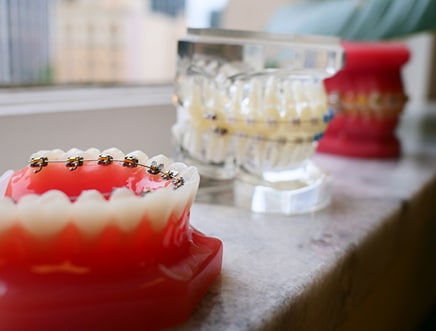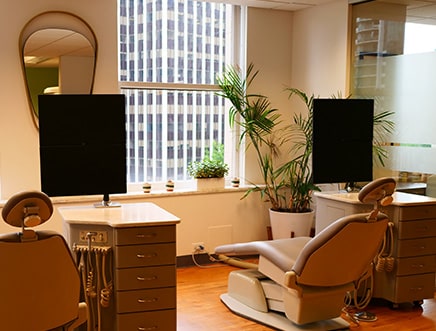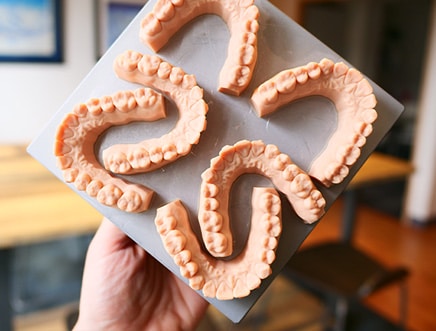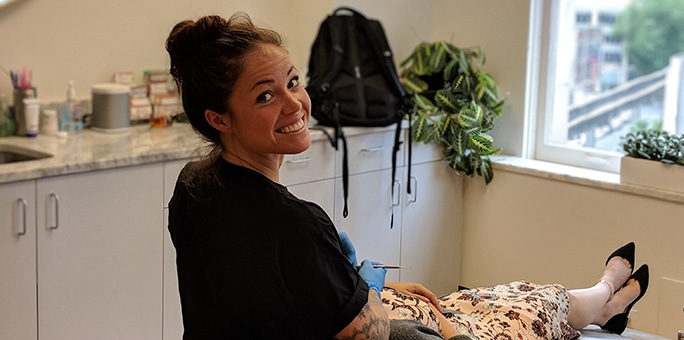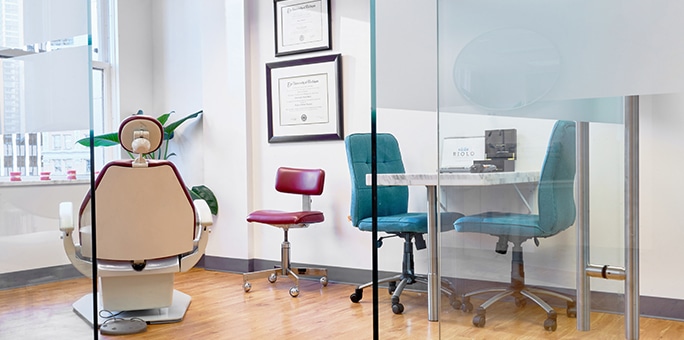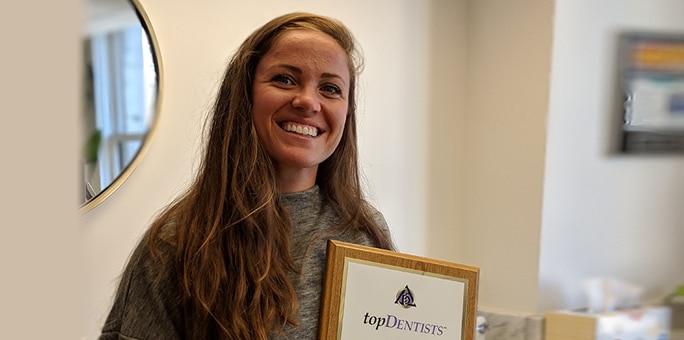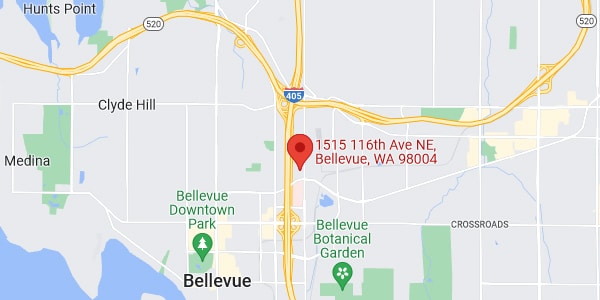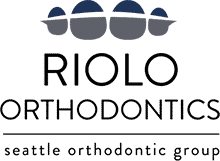Session 1 – Are you still in the stone age? Get digital with 3D printing
Session 2 – Take control of your workflow with “In-House” Aligners
Morning Program Description:
The introduction of intraoral scanning in the orthodontic clinic has resulted in an inevitable transition from analog to digital orthodontic workflow. This transition to digital orthodontics offers opportunities to add value to the care we offer our patients. In this lecture I will present a review of technology and digital workflow for the plasterless orthodontic office including; 3D printing technology, STL editing applications associated with 3D printing as well as the workflow and equipment required to transition specific tasks in the orthodontic office from an analog workflow. These tasks include orthodontic appliance fabrication using printed models such as thermoform retainers, fabrication of “Soldered” appliances, indirect bonding techniques using digital models and interdisciplinary treatment planning using mounted digital setups. We will conclude the session with an introduction to the workflow associated with the fabrication of in-house custom appliances and a glimpse of one possible future for the orthodontic office.
Learning Objectives:
- Describe the basic technology involved in dental 3D printing
- Recognize the differences between various printers used in dentistry today
- Discuss the workflow options required to implement 3D printing in an dental/orthodontic office
- Explain how in-house workflow can add value to the care we offer our orthodontic patients
- Identify the 3 types of software involved in the fabrication of in-house aligners
Afternoon Program Description:
Innovations in technology are disrupting the orthodontic profession. These changes affect both clinical care and the economics of care delivery. Digital technology has made custom orthodontic appliances like Clear Aligners possible and the disruption of the orthodontic marketplace we are experiencing due to the “direct to patient care” model is a direct result of the advent of these custom orthodontic appliances. This same digital technology that makes the corporate direct to patient care model possible offers orthodontists opportunities to improve the care we offer our patients by taking control of our workflow through 3D printing and “in-house” fabrication of clear aligners. There are a myriad of decisions to be made when fabricating and delivering in-house aligners to our patients. In this session we will discuss the strengths and weaknesses of various aligner staging platforms. We will also introduce the important factors in aligner fabrication and integration into your practice, including cost, staging parameters, labeling, packaging and branding of your “in-house” aligners.
Learning Objectives:
- Identify the strengths and weakness of various aligner staging software
- Recognize the types of cases that are predictably treated using in-house aligners
- Recognize the important factors in effective aligner staging.
- Describe the workflow associated with fabrication and delivery of in-house aligners and explain how aligner workflow can be customized to your practice
- Recognize the importance of developing effective packaging and brand for your “in-house” aligner system


